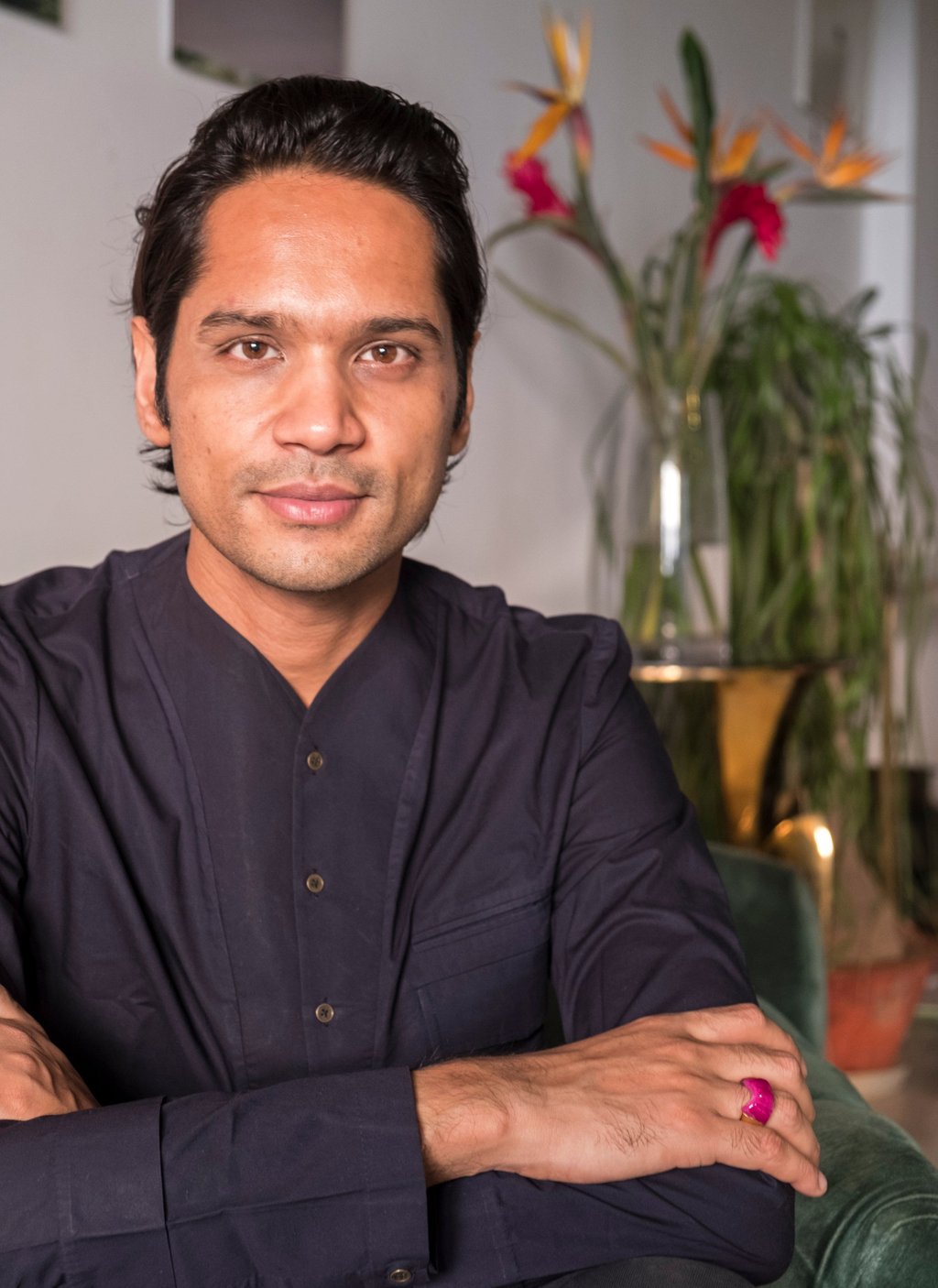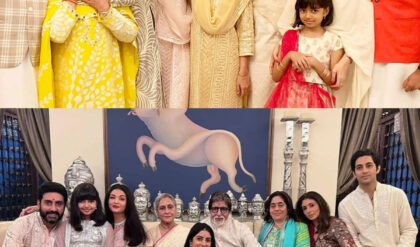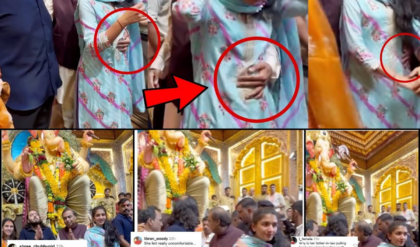Indian jewellery’s moment to shine: modern designers Anaita Shroff Adajania and Hanut Singh wow stars from Nicole Kidman and Madonna, to Kareena Kapoor, Alia Bhatt and Isha Ambani

Names like Shachee Fine Jewellery, Uncut Jewellery, Tara Fine Jewellery and Anu Merton are impressing with their craftsmanship and creativity
Tallin Jewels founder and creative director Akshat Ghiya comes from a family of gemstone traders while Studio Renn’s Rahul and Roshni Jhaveri take a contemporary, even avant garde approach
India’s rich history of jewellery design and craftsmanship has long inspired renowned maisons in Europe and beyond. Even on home turf, established jewellers such as Gem Palace and Amrapali continue to create opulent jewels that celebrate traditional goldsmithing and gem-cutting techniques that date as far back as the Mughal Empire of the 16th century.
While many names continue to pay homage to the country’s past, a growing group of independent designers are looking firmly into the future. From Jaipur’s multi-generational ateliers to the sleek design studios of Mumbai, these talents are developing cutting-edge innovations to create modern jewels and broadening India’s jewellery legacy.
“What sets these designers apart is their personal vision. They distinguish themselves with their fearless eye for design and are unafraid to experiment, [resulting] in higher quality, cooler designs,” says Mumbai-based celebrity stylist Anaita Shroff Adajania, who counts Bollywood stars and India’s style set – including Kareena Kapoor, Alia Bhatt and Isha Ambani – as clients.
“What I also love about these names is that not everyone is taking a Western approach. Some designers are still working with traditional jadau and polki [uncut diamonds], but they’re giving them a minimalistic contemporary twist, making them more wearable and fun,” she says.

Self-taught designer Hanut Singh was one of the first to open this new chapter when he launched his namesake label back in the early noughties. His intricate, contemporary designs, which have caught the eye of the likes of Nicole Kidman and Madonna, take inspiration from the art deco and art nouveau periods, while also referencing India’s historical past, a nod perhaps to his own royal ancestry.
Following in Hanut Singh’s footsteps is Tallin, a younger brand founded in 2016 in Jaipur. Considered the jewellery capital of India, the famed pink city isn’t just home to iconic heritage brands but also thousands of trained craftsmen or karigars who have honed their artistry with precious and semi-precious gems for generations. This rich legacy inspired Tallin founder and creative director Akshat Ghiya, who hails from a family of gemstone traders.

“We hire artisans who love their craft and excel at it. Most are second or third generation artisans and learned handmade jewellery manufacturing in their homes and through community apprenticeships starting as early as the age of 12 or 13,” says Ghiya.
While Tallin’s materials and craftsmanship speaks to India’s artisanal strengths, their designs are far from traditional and are inspired by Ghiya’s global background and tastes (he spent most of his childhood flitting between family’s homes in India and Italy).
“We love using colour and playing with different combinations of coloured and carved stones, and Jaipur can give us that access’” he says. “Handworked gold is an essential part of what we do and how we design. We enjoy working with unusual shapes of stones like tumbles and uneven carvings, which are better worked by hand, so it would be very difficult to make our jewellery in any other part of the world.”

The result is a collection of contemporary and bold designs such as the Gentle Forms collection, which features nature-inspired pieces – think florals, roots and leaves – crafted with Indian uncut diamond slices in open-worked designs that are lightweight and easy to wear.
“We cater to a wearer who is self-assured in their personal style and taste. Our pieces are always flexible and comfortable to wear, they move with the body. The jewellery is fun and luxurious; it’s whimsical and playful while still maintaining its place as high-end fine jewellery,” says Ghiya.

Even more than Tallin, Studio Renn is all about innovation. The Mumbai-based brand was founded in 2018 by husband-and-wife Rahul and Roshni Jhaveri as a sort of laboratory for self-expression, where they could experiment with creative ideas and processes.
“Indian design and jewellery historically has a lot of meaning and significance. Simple forms represent complex ideas and it is this part of Indian design that inspires us – for works to have a meaning and purpose beyond what meets the eye,” says creative director Rahul Jhaveri.

“Our jewels are beyond something to be worn. While we are building on the past and reacting to our present, the work is forward-thinking and meant to push boundaries both technically and aesthetically,” he says.
Their contemporary and conceptual creations border on avant garde and feature unusual pairings such as concrete with diamonds and mirrored finished gold in black and grey, making them appealing to certain collectors. The Cacti collection, for example, is inspired by fields in India lined with cacti fences to protect the food grown within. This inspired a unique and “protective” cactus setting where diamonds are precariously set within the folds and serrations of the metal without using any prongs.

Crafted from gold and diamonds, the Seed-Leaf collection has a sculptural form that is both seed and leaf. The focus is on the “reflection” inside, which is created using the underside of diamonds. This is contrasted with a mirror-finished gold or fully paved diamond exterior, resulting in elegant pieces that also play tricks on the eyes.
“The way we perceive Indian jewellery is as a product of centuries of influences from all over the world – far beyond the borders that have only existed for the past few decades. It is in India that all those aesthetic and technical influences had the opportunity and patronage to evolve and take hold. This has culminated in a rich and deep heritage that goes beyond the idea of the “opulent” – jewellery is and will always be a strong part of our communal identity,” says Jhaveri.





